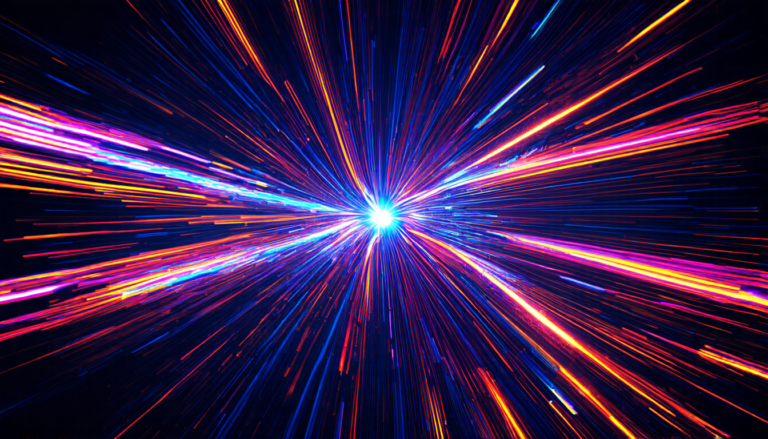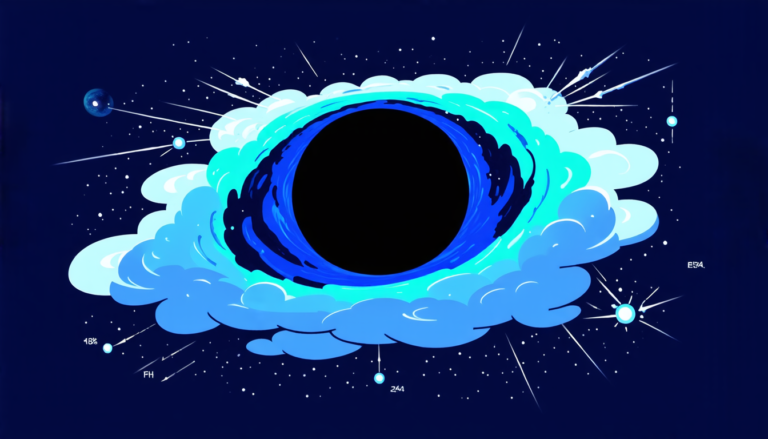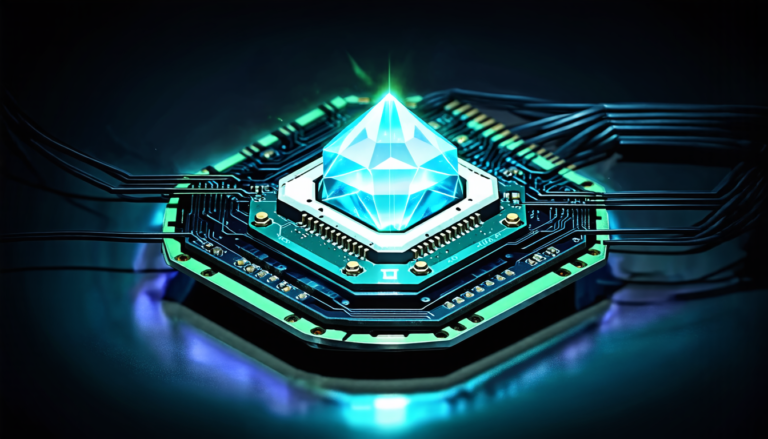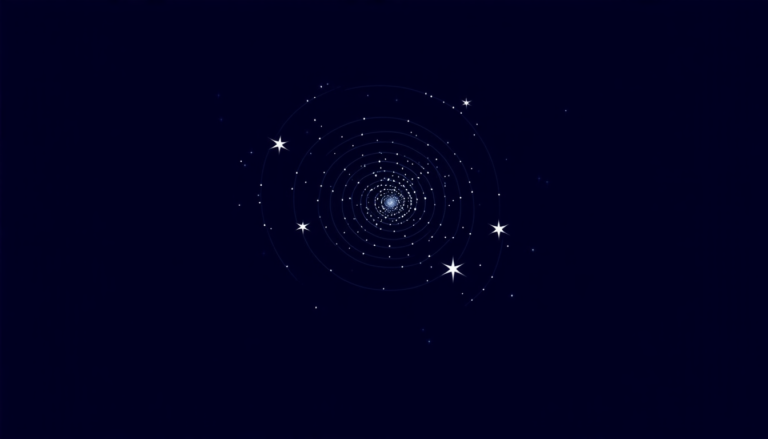Wednesday 16 April 2025
The fusion of two carbon nuclei, a process that’s crucial for understanding nuclear astrophysics, has long been shrouded in mystery. Researchers have struggled to explain why the cross-section deficit – the phenomenon where fusion rates are lower than expected at certain energies – occurs. Now, a new study sheds light on this enigma by proposing a simple model that can replicate the observed behavior.
The carbon-carbon fusion reaction is important because it’s a key process in nuclear astrophysics, governing the formation of heavy elements in stars and other celestial bodies. However, experimental measurements have consistently shown that the reaction rates are lower than predicted by theory. This deficit has puzzled scientists for decades, with various explanations proposed but none fully explaining the phenomenon.
Enter the random matrix model, a theoretical framework that’s been used to describe complex quantum systems. In this case, researchers applied it to the carbon-carbon fusion reaction, creating a simplified representation of the reaction dynamics. The model consists of a random matrix Hamiltonian coupled to free scattering states, which allows for the simulation of the compound nucleus formation and its decay.
By tweaking parameters in the model, such as the number of decay channels and the strength of the interaction between the nuclei, researchers were able to replicate the observed cross-section deficit. In particular, they found that when the level density of the compound nucleus is low, the transmission coefficients (a measure of how easily particles can pass through) are suppressed at off-resonance energies.
This result has significant implications for our understanding of nuclear astrophysics. By accurately modeling the carbon-carbon fusion reaction, researchers can better predict the rates of heavy element formation in stars and other celestial bodies. This, in turn, can help us better understand the evolution of these objects over time.
The study’s findings also have practical applications. For instance, researchers can use the model to design experiments that target specific energies and reaction channels, allowing for more precise measurements of the fusion cross-sections.
While the random matrix model is a simplification of the complex physics involved in the carbon-carbon fusion reaction, it provides a valuable tool for understanding this enigmatic process. By combining theoretical insights with experimental data, scientists can continue to refine their models and gain a deeper appreciation for the intricate dance of nuclear reactions that governs the universe.
In the world of nuclear astrophysics, where even small variations in reaction rates can have significant consequences, accurate modeling is crucial.
Cite this article: “Unlocking the Secrets of Carbon Fusion: A New Model Reveals the Mysterious Deficit in the 12C+12C Reaction”, The Science Archive, 2025.
Carbon-Carbon Fusion, Nuclear Astrophysics, Random Matrix Model, Compound Nucleus, Transmission Coefficients, Cross-Section Deficit, Reaction Rates, Heavy Element Formation, Stellar Evolution, Quantum Systems







